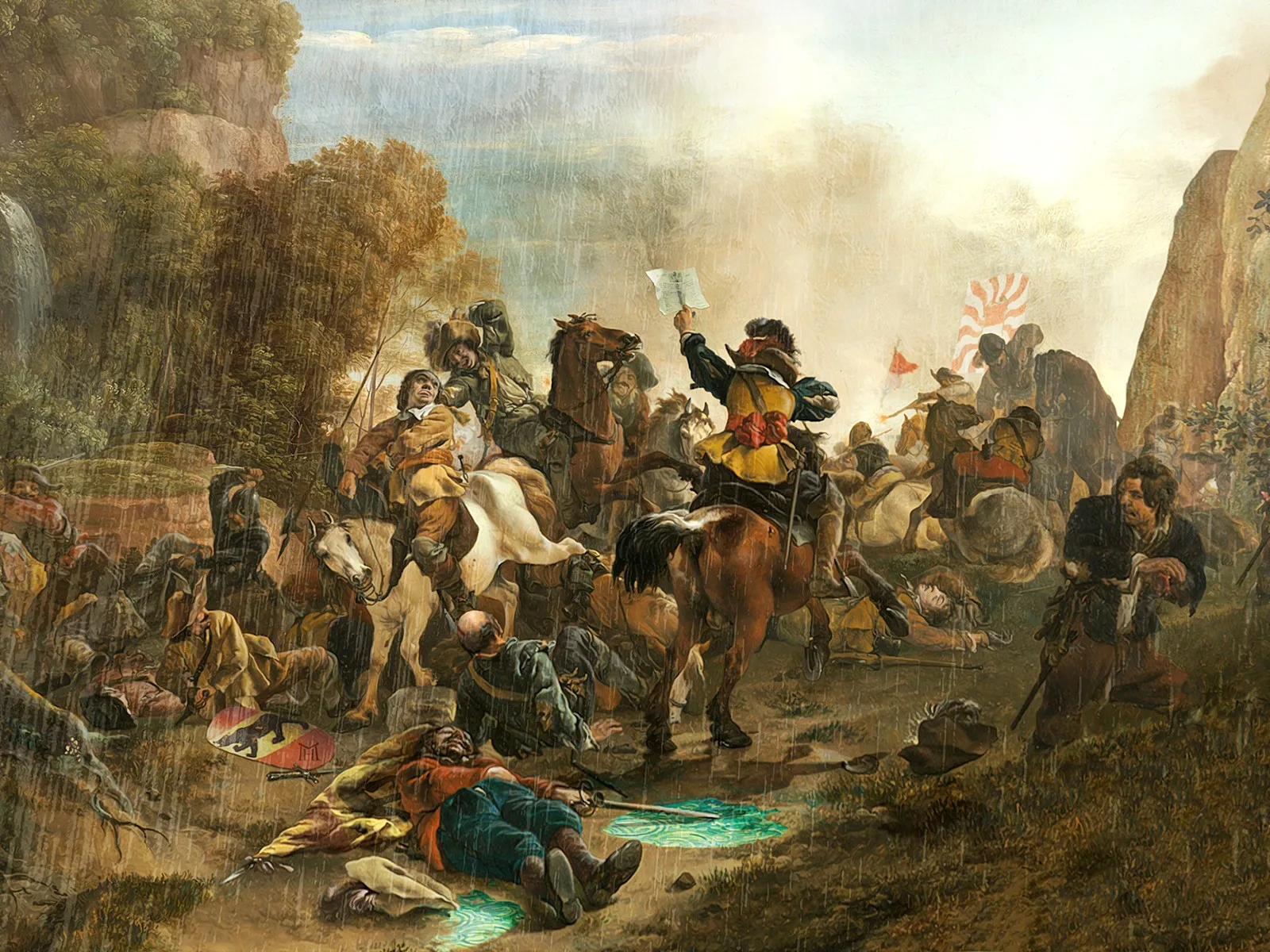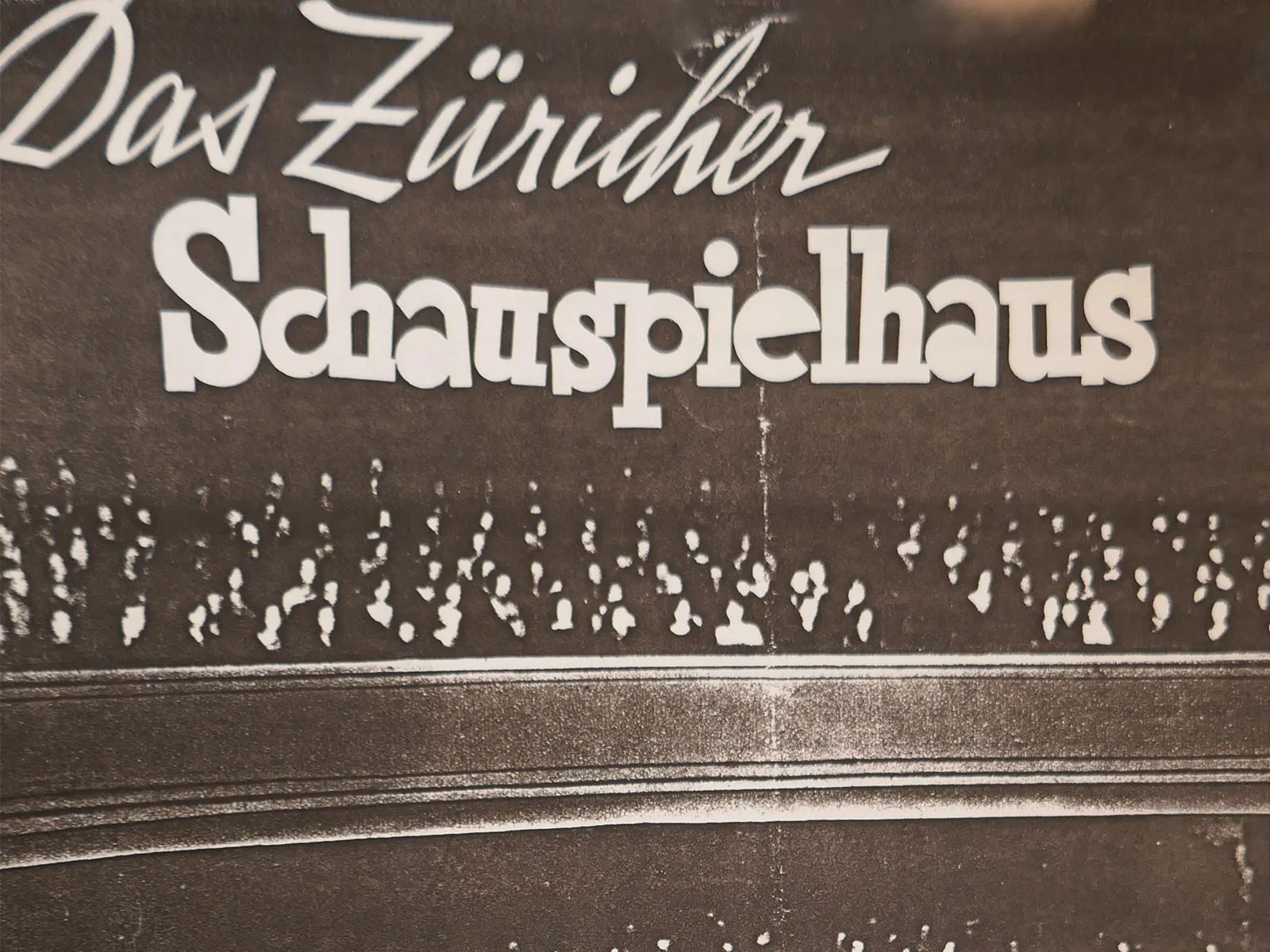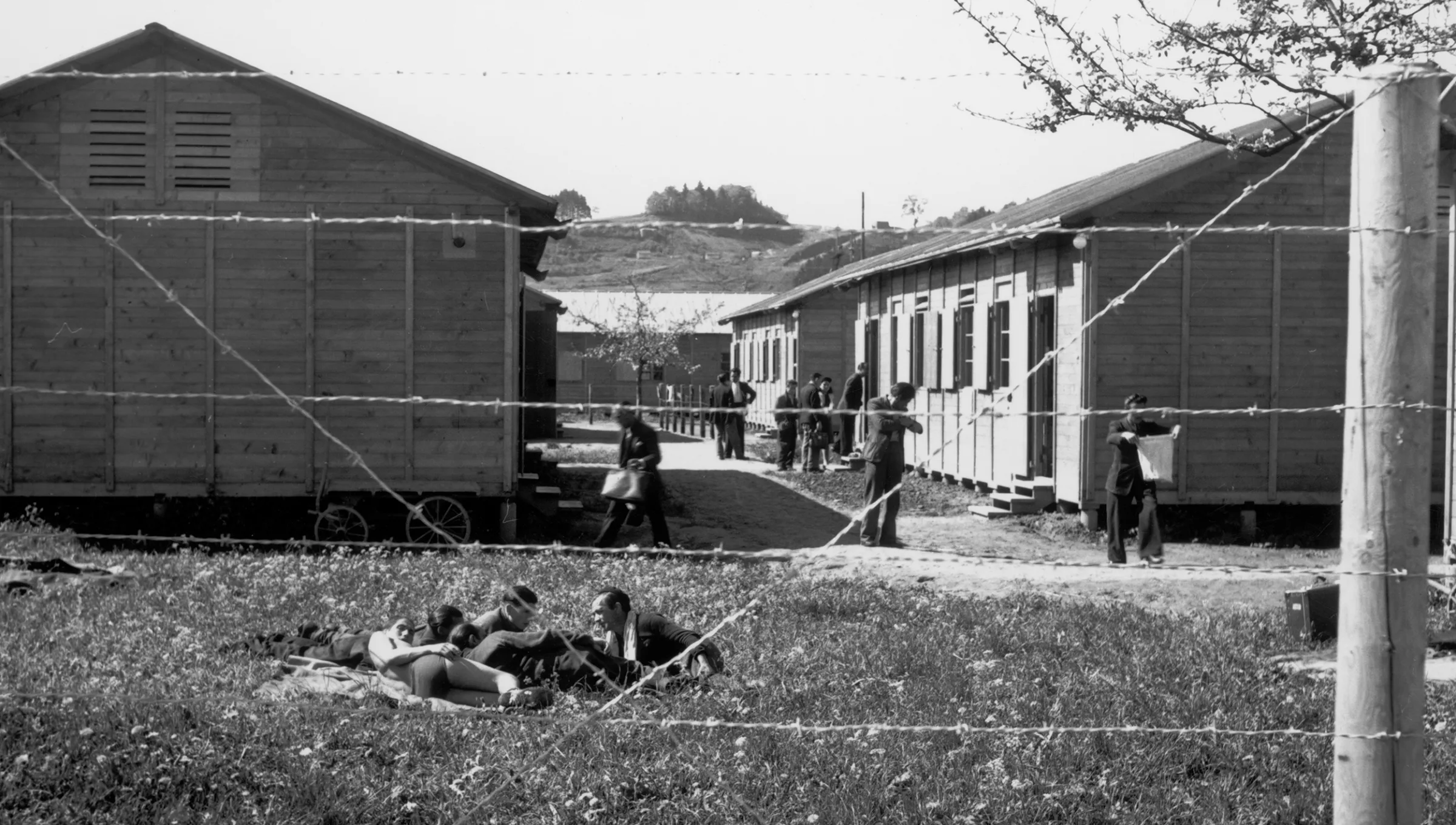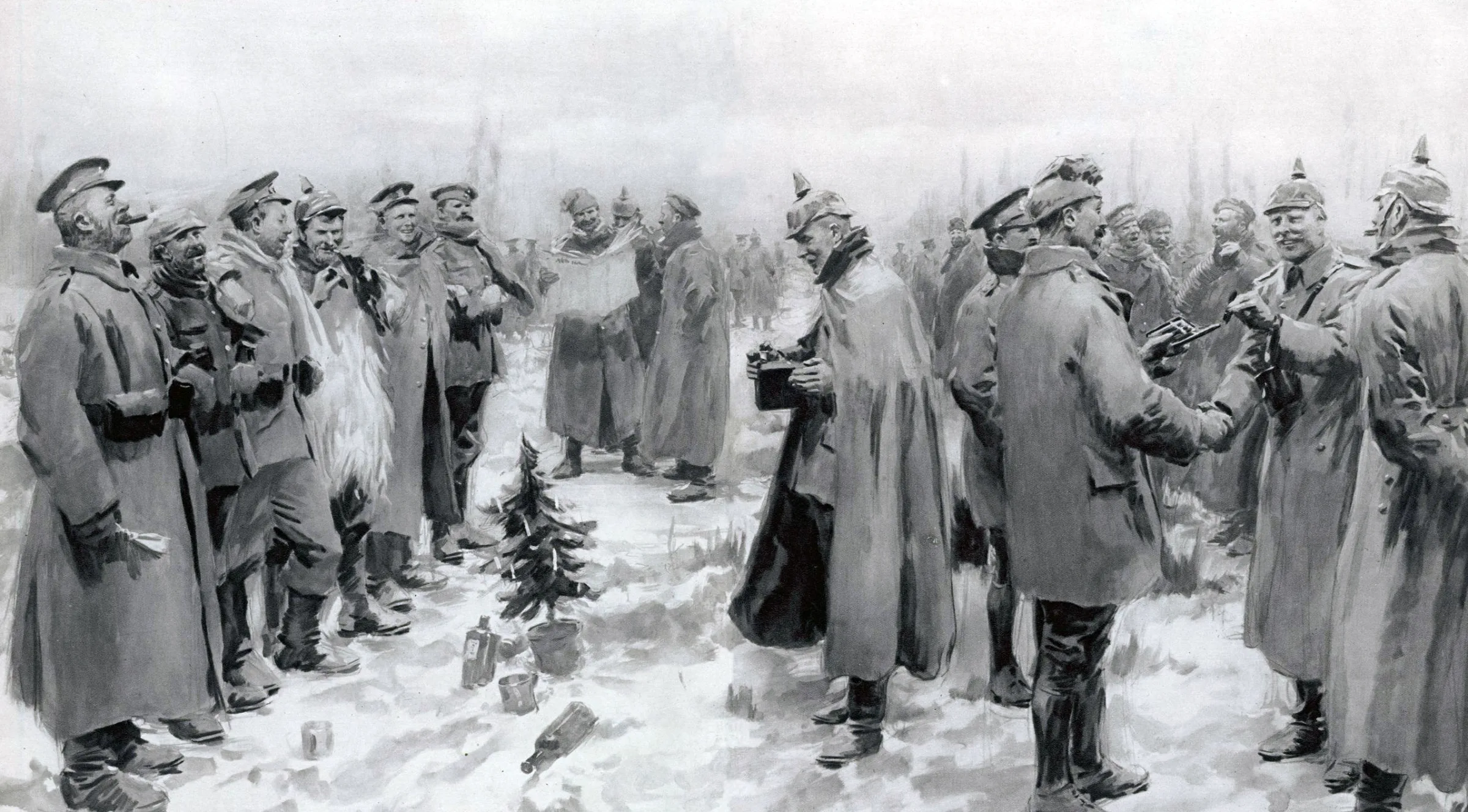
The Guardian
The story of a Christmas carol
Over 200 years ago, ‘Silent Night, Holy Night’ was performed for the first time. Thanks to its moving message and captivating melody, it is one of the world’s most popular Christmas carols.
On Christmas Eve 1818, the villagers gathered for Christmas mass in the Church of St Nicholas in Oberndorf, a snow-covered village at the foot of the Austrian Alps near Salzburg. Because the church’s organ was not in a playable state, the curate and the village schoolteacher had composed a special song which could be accompanied on a guitar. The melody of the new song was evocative of a lullaby, as were the words, describing the baby Jesus sleeping peacefully. And so the churchgoers that night heard the gentle tones of the Christmas carol ‘Silent night, holy night’ for the first time. They had no idea of the success the song would have over the next two centuries.
But those present must have been impressed by it. Within a few years, the song had spread from Oberndorf not just throughout Austria, but right around the world. In 2011, it was recognised by UNESCO as an intangible cultural asset. One reason for the song’s success is its simple melody, composed by village schoolteacher and organist Franz Xaver Gruber (1787-1863). In the 6/8 time typically used for lullabies, it soothes the listener and creates a contemplative atmosphere. The lyrics, originally written by curate Joseph Mohr (1792-1848) as a poem, are both captivating and denominationally neutral.

‘Silent Night, Holy Night’ in the popular German version.
Source: Stille-Nacht-Gesellschaft

Franz Xaver Gruber, painted by Sebastian Stief (1846). Wikimedia
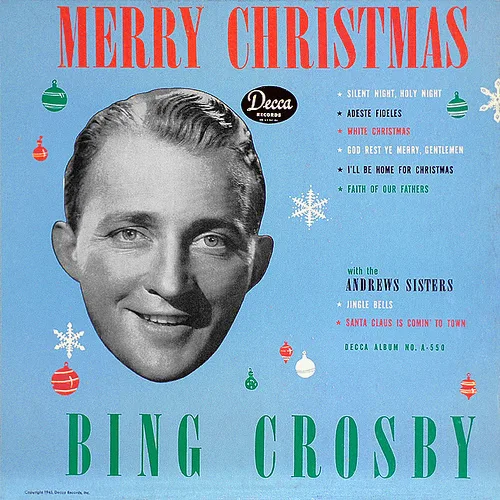
‘Silent Night’ Was a global smash hit for Bing Crosby in 1945.
Source: YouTube
The two men created a song that brings people comfort and hope in a difficult time. In 1818, the effects of the ‘Year Without a Summer’ were still being felt in the foothills of the Alps. A volcanic eruption in Indonesia in 1815 had caused climate change in Europe, which resulted in crop failures. Added to this were wars, looting and the arbitrary border demarcation created by the Congress of Vienna, literally on the doorsteps of the villagers of Oberndorf, which people had found hard to accept. Mohr and Gruber hit the right note with their song; its message was understandable to everyone. That message was received not only by the churchgoers present at the first performance, but also by the billions of people who have sung the song in the past and those who continue to sing it at Christmas mass or around the Christmas tree.
Christmas truce 1914
Almost 100 years after ‘Silent night, holy night’ was performed for the first time, something as extraordinary as it was moving happened in Flanders on Christmas Eve 1914. The Christmas song from Austria played an important role in this event. The First World War was mired in the trenches at Ypres; on both sides the men were sitting in mud and slush, their dead comrades lying in the no man’s land between the opposing positions. Christmas seemed a million miles away. And yet, on that starlit night, the magic of Christmas unexpectedly touched the soldiers.
It’s not clear exactly where the Christmas truce started. Witnesses reported that candles were lit in the trenches and on Christmas trees. The warring parties were at such a short distance that they were able to talk to each other. A spontaneous ceasefire occurred. British and German soldiers crawled out of their trenches, shook hands and sang Christmas songs together. Along with German and English songs, of course, ‘Silent night, holy night’ also resounded across the ghostly tranquillity of the battlefield.
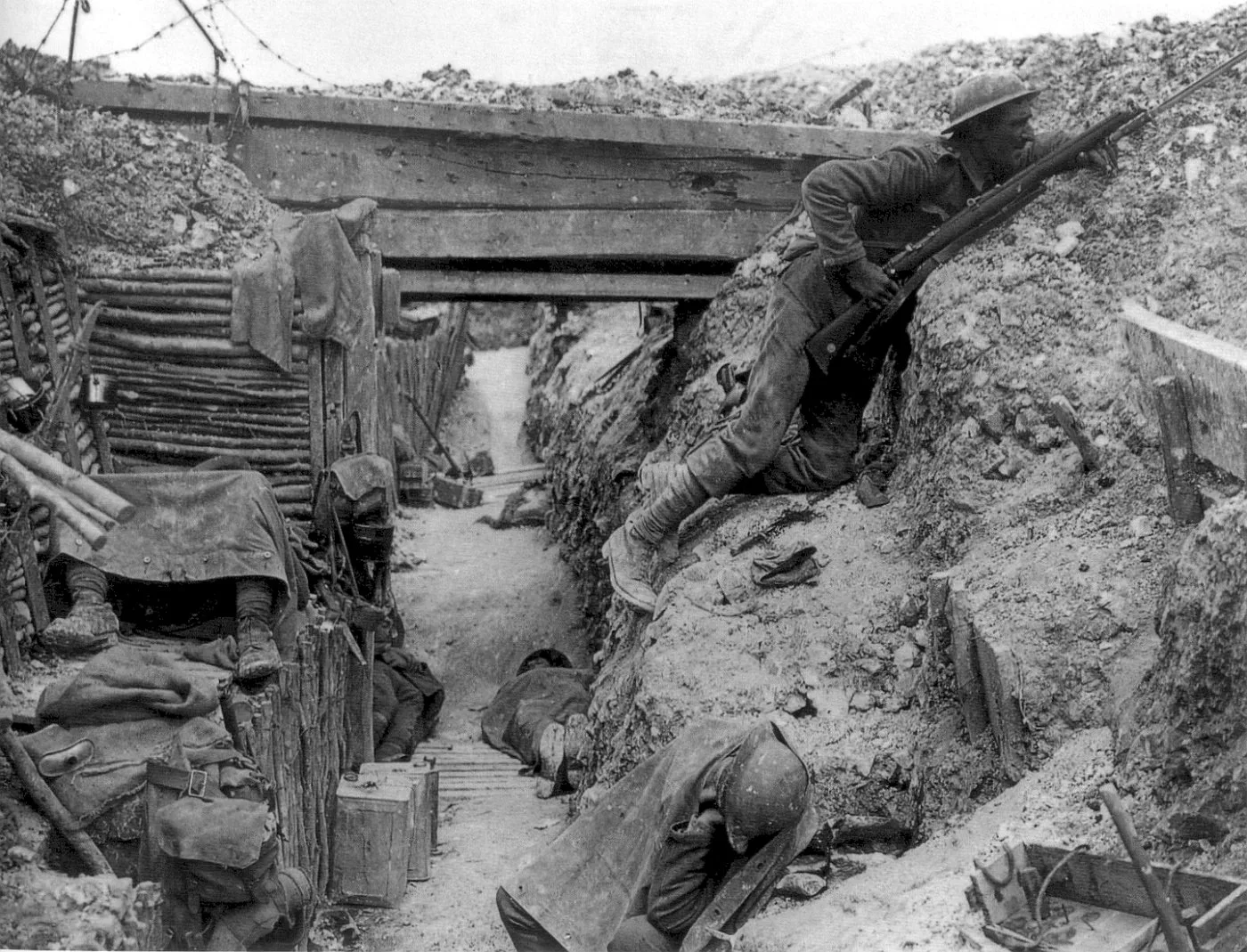
British trench in July 1916 during the Battle of the Somme.
Imperial War Museum
Even though, as is well known, the Christmas truce didn’t hold for long, for a few hours Mohr and Gruber’s Christmas message from 1818 reached even the men stuck in the trenches. And today, ‘Silent night, holy night’ is still sung in countless languages across the globe.
The events on the Western front at Christmas 1914 were made into a film in 2005.
Trailer: YouTube

